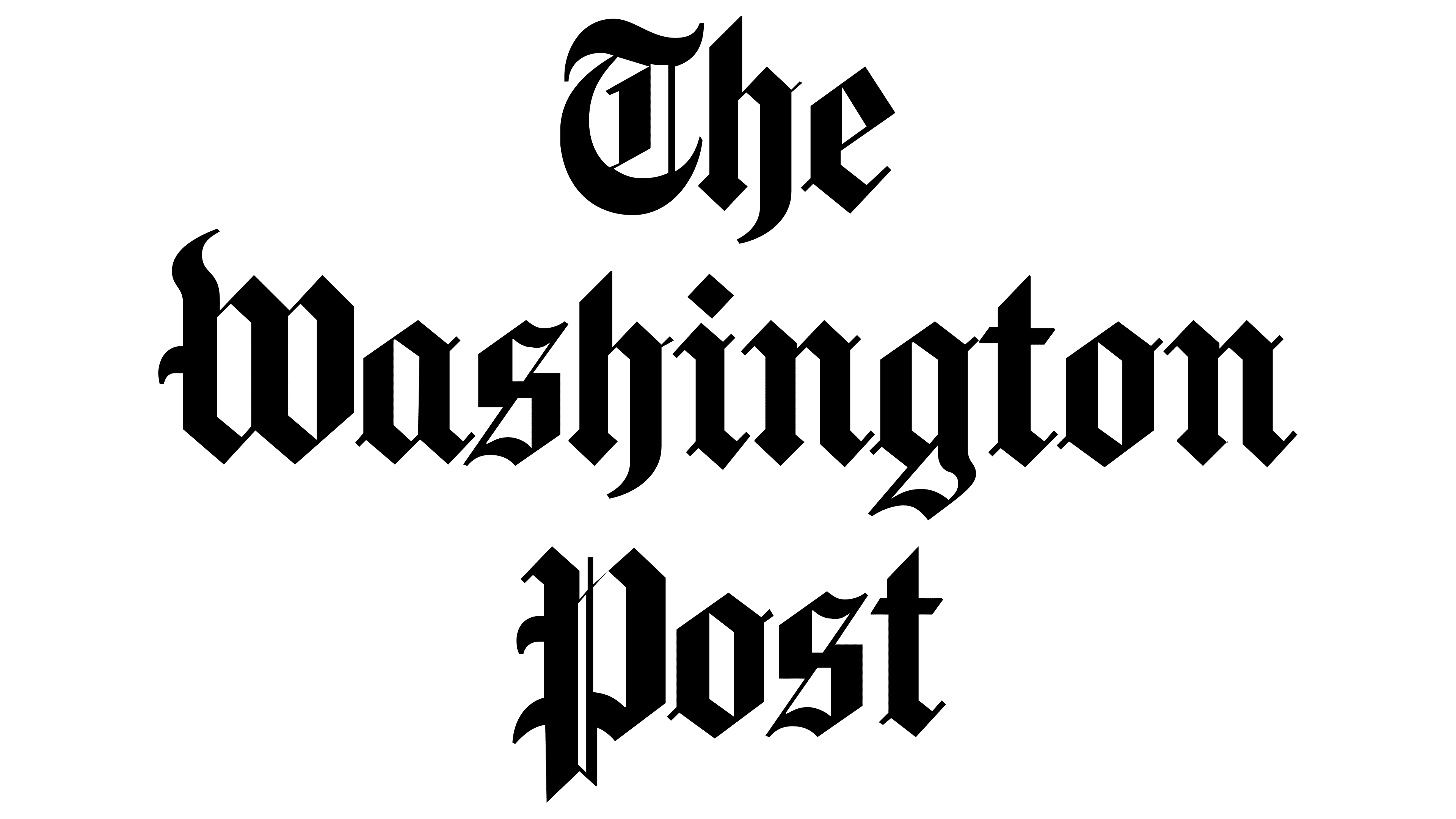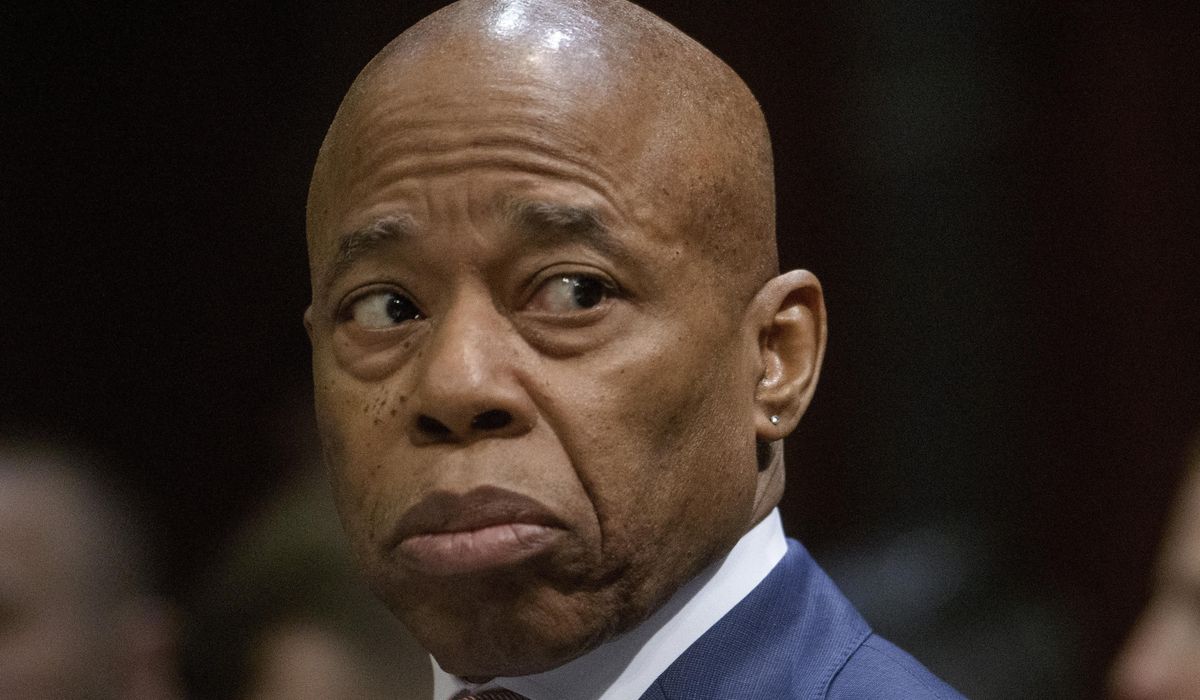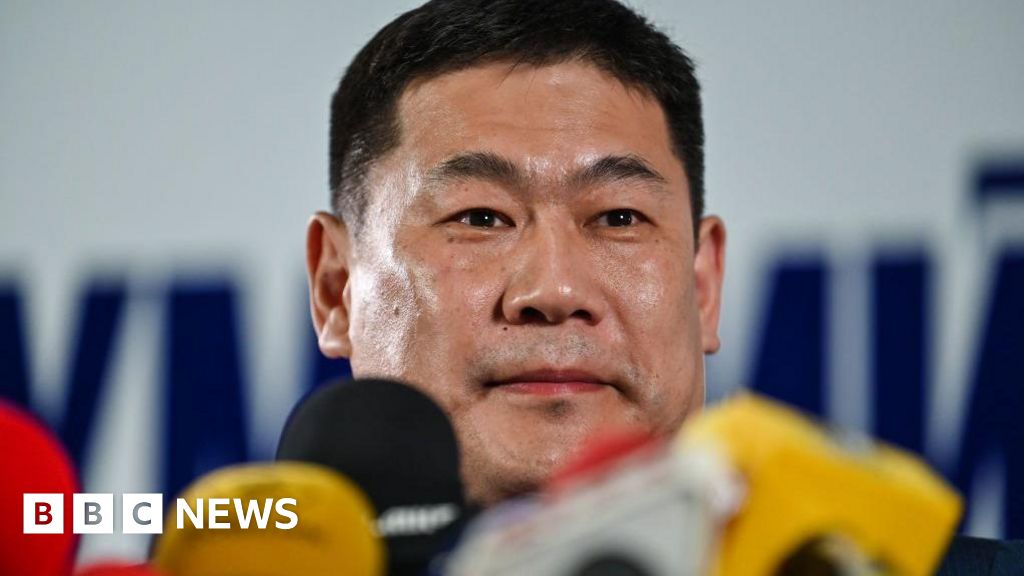ARTICLE AD BOX
President Trump’s “massive deal” with Japan gives the White House a strong head of steam as it nears a pivotal Aug. 1 deadline to reset trade relations with partners around the globe.
The White House said Wednesday the deal, which includes $550 billion in Japanese investment in the U.S., is kryptonite for naysayers who said tariffs were a clunky tool that offered little leverage or wouldn’t amount to much.
“President Trump is finally putting a stop to our country getting ripped off,” White House press secretary Karoline Leavitt said. “He made big promises to the American people on the campaign trail last year, and he has unquestionably delivered on those promises in record time.”
In some ways, the Japan deal is a watershed for Mr. Trump’s trade agenda, after a series of smaller deals with such trading partners as Indonesia, Britain and the Philippines.
Serious tests remain, however.
The massive European Union is preparing a suite of retaliatory measures if it cannot reach an agreement with the U.S. to lower a threatened tariff rate of 30% on goods from the bloc, which includes Germany, France, Italy and more than 20 other countries.
Chinese negotiators are meeting with U.S. officials in Sweden next week to extend a pause on sky-high tariffs.
The world’s two largest economies are trying to move the ball on deep-seated differences, including Beijing’s tendency to subsidize industries and flood the world with cheap exports.
For now, Trump officials are exuding confidence, pointing to the recent trifecta of Japan, Indonesian and Philippine pacts as the start of a streak.
Mr. Trump “came in as the closer in all three of those,” Ms. Leavitt said.
“There’s many more to go,” she said.
For the president, the Japan deal proved that tariffs are exactly the type of weapon he said they were, opening markets for U.S. producers while raking in billions in revenue through customs receipts.
“We’re doing really well as a country. We’re strong, we have a lot of money flowing in. The tariffs are kicked in better than anybody, other than me and a few people in the room, thought could happen,” Mr. Trump told GOP lawmakers after striking the Japan deal.
Tariffs are taxes or duties paid by importers on the goods they bring in from foreign markets.
Mr. Trump says tariffs are a great way to force companies to return to America or keep their operations in the U.S., employ American workers and create revenue to fund domestic programs.
The president has a lifelong affinity for tariffs, and he spoke glowingly about their potential during last year’s campaign, saying past leaders didn’t understand their potential for balancing foreign trade and generating revenue for the federal government.
Mr. Trump mused aloud Wednesday about his approach to dealmaking on trade.
“I will always give up Tariff points if I can get major countries to open their markets to the USA. Another great power of Tariffs. Without them, it would be impossible to get countries to open up!!!” he wrote on Truth Social.
Photographs released by the White House appeared to show that Mr. Trump made edits to a proposed deal on paper, with a “4” crossed out so $400 billion became $500 billion – presumably the Japanese investment under negotiation.
Markets rallied Wednesday as investors digested the Japan agreement.
Yet critics of Mr. Trump’s approach said the deal would raise costs for U.S. consumers and businesses that rely on exports, despite the president’s penchant for describing the tariffs as payments from other countries.
In many cases, U.S. companies will pay the levies, and they might pass on at least some of the cost to consumers through higher prices.
“This is a lose-lose trade deal for both America and Japan. Six months ago, Americans were paying roughly 2% tariffs on Japanese products. Now we will pay a 15% tax, or nearly a seven-fold increase,” said Ryan Young, a senior economist at the Competitive Enterprise Institute.
“While this is a smaller tax hike than President Trump’s threatened 25% tariff, it is still a big loss for American consumers and retailers, as well as American manufacturers who use Japanese components,” he said.
A federal appeals court will hear arguments on July 31 in a case that argues Mr. Trump overstepped his powers in issuing tariffs unilaterally.
The Court of International Trade ruled against Mr. Trump earlier this year before granting a stay, which allowed Mr. Trump to pursue his agenda pending his appeal.
Mr. Trump is barreling forward. He notched an early deal with Britain in May and, for a while, Mr. Trump’s deals seemed to sputter.
But he regained leverage over countries by threatening high tariffs, effective Aug. 1, unless countries negotiated better terms for the U.S.
Since then, he’s inked a string of deals with Asian countries.
Japanese Prime Minister Shigeru Ishiba said his “investment over tariffs” approach helped his side secure a 15% tariff on goods its companies send to American markets, instead of the 25% levy that President Trump had threatened.
“Japan and the U.S. have reached a deal that will benefit both sides. Automobile tariffs and reciprocal tariffs will be 15%. I sincerely thank [Mr. Trump] for his tremendous leadership,” Mr. Ishiba said Wednesday on X. “Together with the President, we will build a new Golden Era for Japan and the U.S.”
The lower car tariff is key for Japan and its export-heavy automobile sector. Mr. Trump is threatening to tax car imports at 25%.
Treasury Secretary Scott Bessent stressed the importance of Japan’s $550 billion investment commitment, calling it an “innovative financing mechanism.”
“They came to us with the idea of a Japan-U.S. partnership, where they are going to provide equity, credit guarantees and funding for major projects in the U.S.,” Mr. Bessent told Bloomberg Television. “He also said that the foreign direct investment pledge is ‘all new capital.’
According to Kyodo News, Mr. Ishiba said Japanese companies would lead the investment, particularly in the pharmaceutical and semiconductor industries, and that government-affiliated banks will also provide funding.
Mr. Ishiba, according to the wire service, said Japan would increase rice imports from the U.S. by up to 770,000 tons per year under a tariff-free framework.
He said the deal does not require Japan to reduce tariffs on farm products generally so the domestic agricultural sector isn’t harmed.
The prime minister stressed, however, that the agreement does not include any reduction of Japanese tariffs, including those on farm products, and that no concessions were made that would undermine Japan’s agriculture sector — a major domestic political constituency.
Mr. Trump hailed the potential for U.S. cars and trucks to make their way to Japanese markets.
The U.S. had a nearly $70 billion trade deficit with Japan in 2024, meaning the Asian superpower sold far more products to U.S. consumers versus what Japanese ones bought from American producers.
Japan had been worried about the impact of tariffs on its export-heavy economy, though it managed to negotiate down its tariff amount to something closer to the 10% blanket tariff Mr. Trump is imposing on all imports.
It is unclear if the U.S. will offer a similar deal to places like the European Union, which is trying to stave off a 30% tariff.
Mr. Bessent downplayed reports the EU is preparing retaliatory tariffs of 30% on $117 billion worth of U.S. goods, in case a deal cannot be reached.
“It’s a negotiating tactic,” he said, “and it’s what I would do if I were in their place.”

 1 day ago
15
1 day ago
15








 English (US) ·
English (US) ·